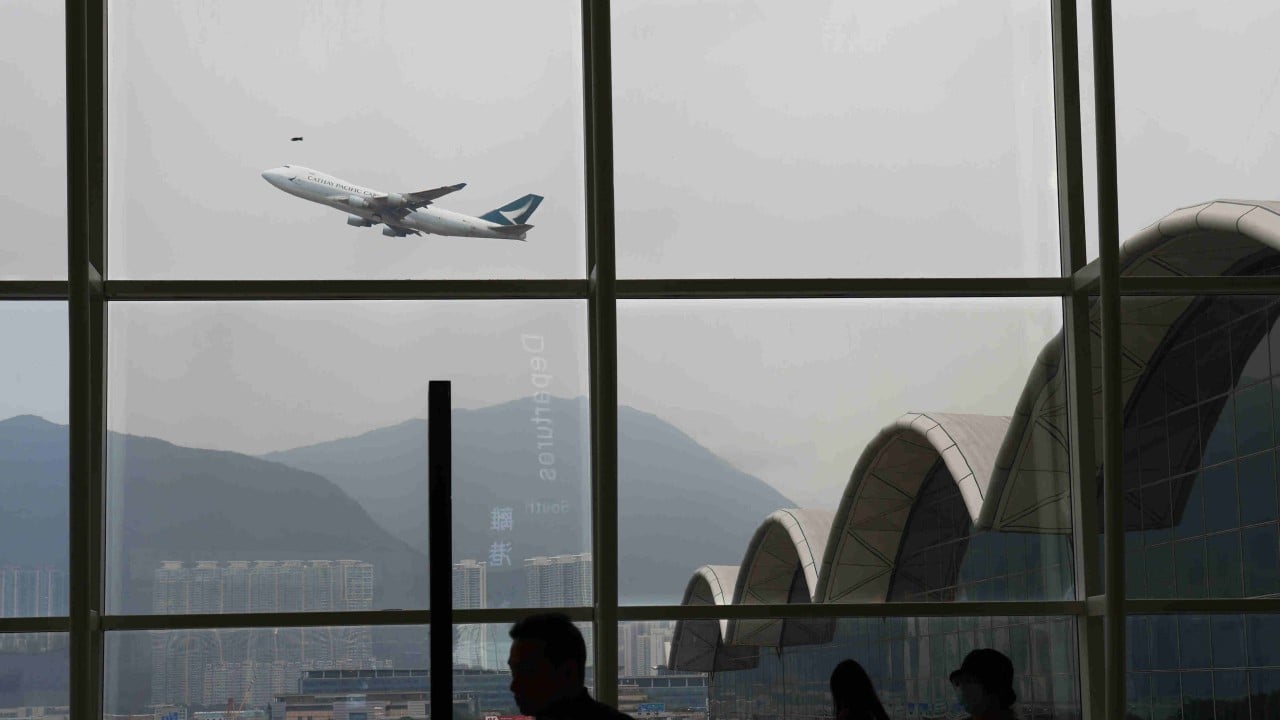Hong Kong’s ambition of becoming a hydrogen-fuel supply hub for marine and air transport depends on policies and strategic investments to secure supply, according to experts.
The government has to take bold steps to provide favourable conditions to create demand and entice companies with the best technologies to invest in pilot projects and infrastructure in the city to foster the use of zero-emission hydrogen, methanol and ammonia made from renewable feedstocks, said Leo Yang Xiaohu, general manager of CIMC Enric Holdings.
The Hong Kong-listed company built the city’s first hydrogen refuelling station and related infrastructure that led to deployment of a hydrogen fuel-cell double decker bus. This was among 14 pilots approved by the government to demonstrate the effectiveness and safety of hydrogen in various contexts.
“We need more demonstration projects on hydrogen utilisation in Hong Kong,” he said. “We need more support from the government and other partners to promote the clean fuel.”
This involves much more than just the equipment, as both the government and industry participants need to figure out supplies of the green hydrogen, costs, logistics and regulations, he added.

Two months ago, the Hong Kong government announced a strategy to promote hydrogen use by improving regulations, setting standards, supporting talent training and assisting infrastructure development.
It came after Financial Secretary Paul Chan Mo-po earlier this year said the government would publish an action plan for Hong Kong’s development into a green maritime fuelling centre. The government is also conducting a feasibility study to provide green methanol for local and ocean-going vessels.
The minister said there are plans to simplify approval procedures for the transport and storage of sustainable aviation fuel (SAF), to encourage more airlines to use SAF in Hong Kong.
Green methanol and green ammonia are derived from green hydrogen, a zero-emission fuel produced with renewable feedstocks and energy.
Hong Kong’s Airport Authority will put forward recommendations on policy measures and infrastructure investment for SAF after the completion of a consultancy study in the third quarter this year.
The city has the potential to become a SAF supply hub if it can secure sufficient feedstock from mainland China or overseas, said Matthew Walden, partner for climate and sustainability at Deloitte. He advises governments on policy and investment approaches on decarbonisation.
The main barrier in Hong Kong and the mainland on the adoption of SAF is the lack of mandatory usage requirements and the absence of a mechanism for corporate voluntary procurement to offset their air travel carbon footprint, he noted.
Singapore is ahead of Hong Kong on SAF policymaking and has the largest SAF production plant in Asia. In February, the Southeast Asian nation published an action plan to develop into a sustainable aviation hub, including setting a national SAF target and levy, centralising SAF procurement and supporting domestic and regional SAF production.
SAF, which can cut the aviation sector’s carbon dioxide emissions by up to 80 per cent, can be produced from waste oil, municipal waste and non-food crops.
CIMC’s Yang said if the Hong Kong government and businesses invest in hydrogen production projects in the region, it would help secure long-term supply to help the city realise its hub dreams.
“We are willing to work with partners here to meet Hong Kong’s green fuel demand,” he said.
CIMC Enric is building a pilot green methanol plant in Zhanjiang, western Guangdong, using waste from the pulp and paper industry.
It is expected to come on stream in the second half of next year with a capacity of 50,000 tonne per year, with an additional capacity of 200,000 tonnes per year also proposed, Yang said.


